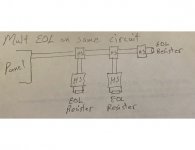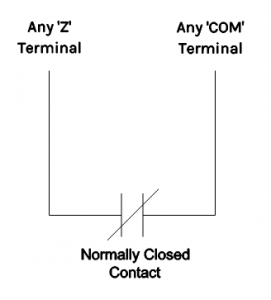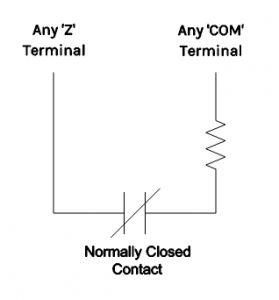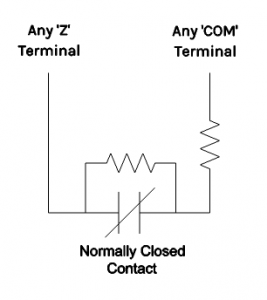Matt229
Member
- Location
- Allentown, PA
- Occupation
- Builder
This is not a do-it-yourself project, we have licensed electrician, plumber, engineer and architect. We recently passed our Mechanical, Plumbing, Electrical, and Framing inspections. We are located in a city where we have required permits and inspections. Our fire alarm system will be tested, inspected, and monitored by a licensed fire company. We have a horn/strobe wiring question, and prior to insulation we want to make sure the wiring of the horn/strobes is correct.
We are wires for a Silent Knight 6700 in a brewery that I'm building. While running the horn/strobe wire in tandem I have run the wire A to B to C, A to D, B to E. With C, D, and E end of line. I plan to put resistors at C, D, and E. Is there any problem with this configuration? The link below show the wire diagram.
I am also attaching our MEP 104 - Fire Safety Plan.
Multiple EOL on same circuit
MEP 104 - Fire Safety Plan
We are wires for a Silent Knight 6700 in a brewery that I'm building. While running the horn/strobe wire in tandem I have run the wire A to B to C, A to D, B to E. With C, D, and E end of line. I plan to put resistors at C, D, and E. Is there any problem with this configuration? The link below show the wire diagram.
I am also attaching our MEP 104 - Fire Safety Plan.
Multiple EOL on same circuit
MEP 104 - Fire Safety Plan





